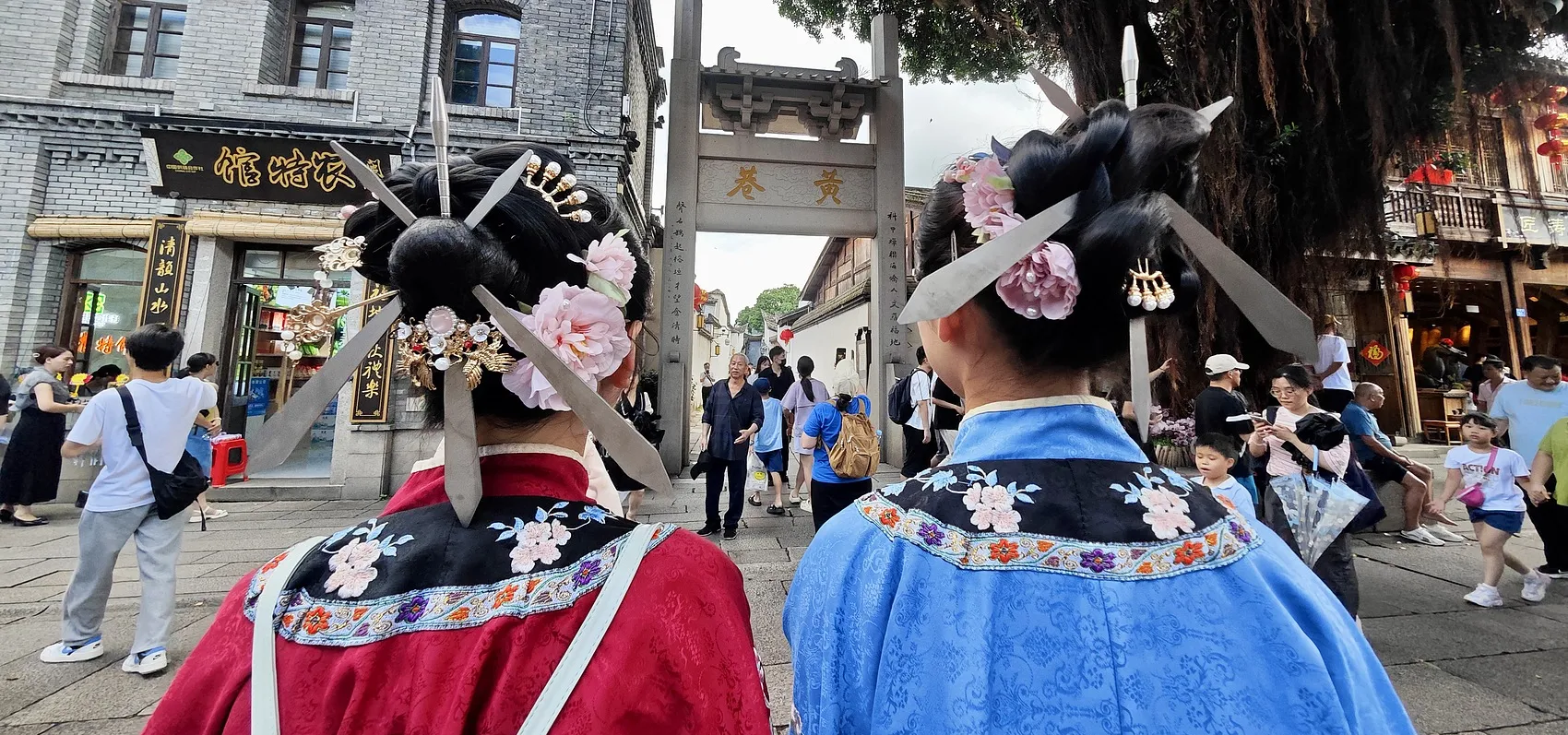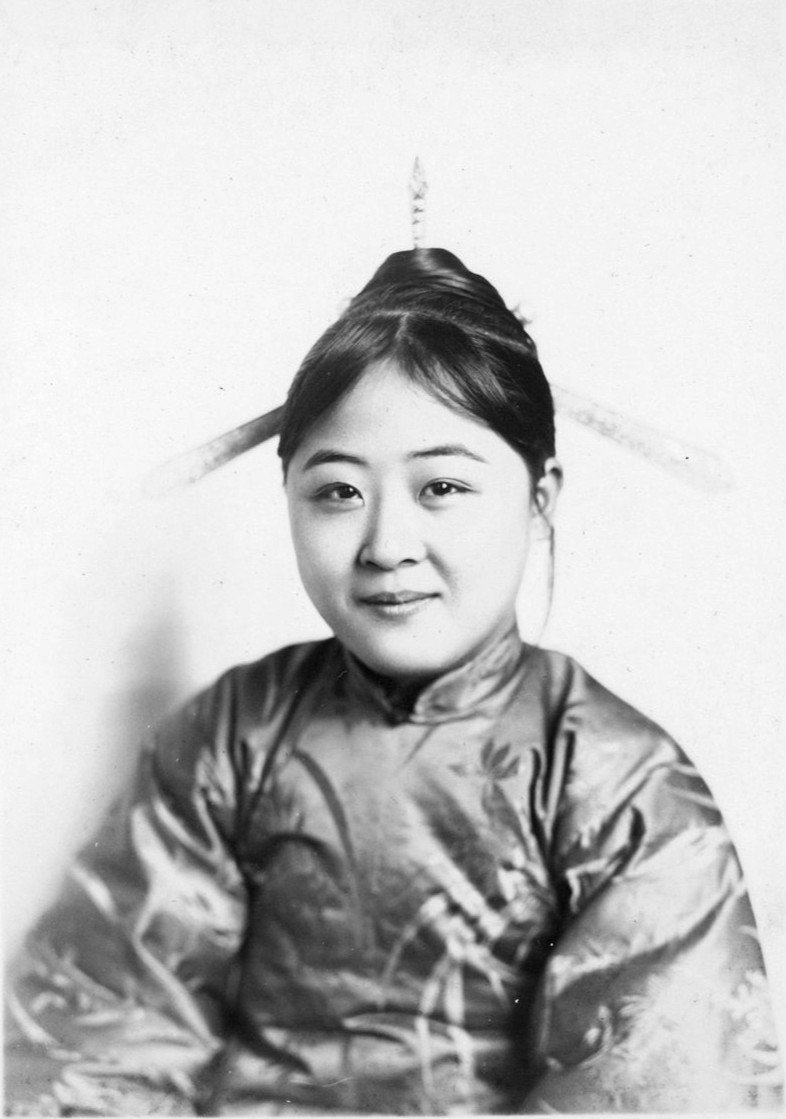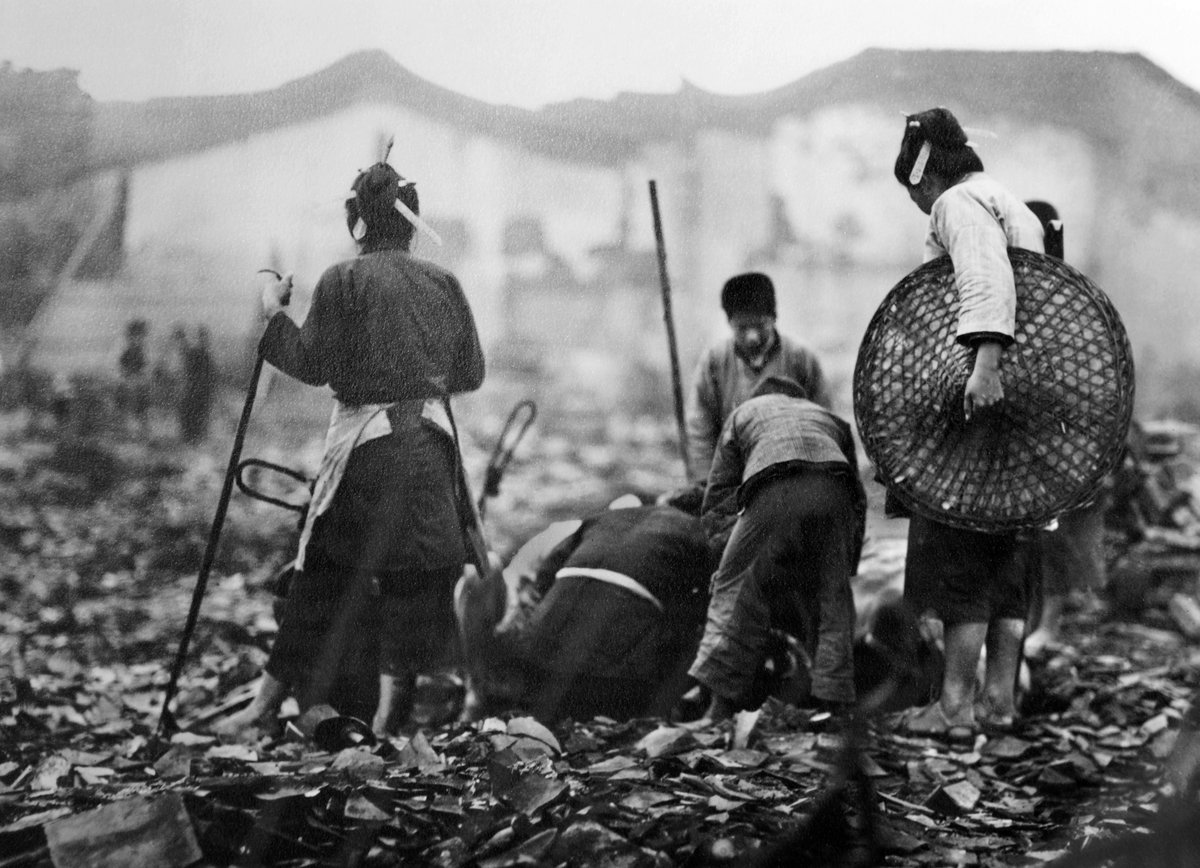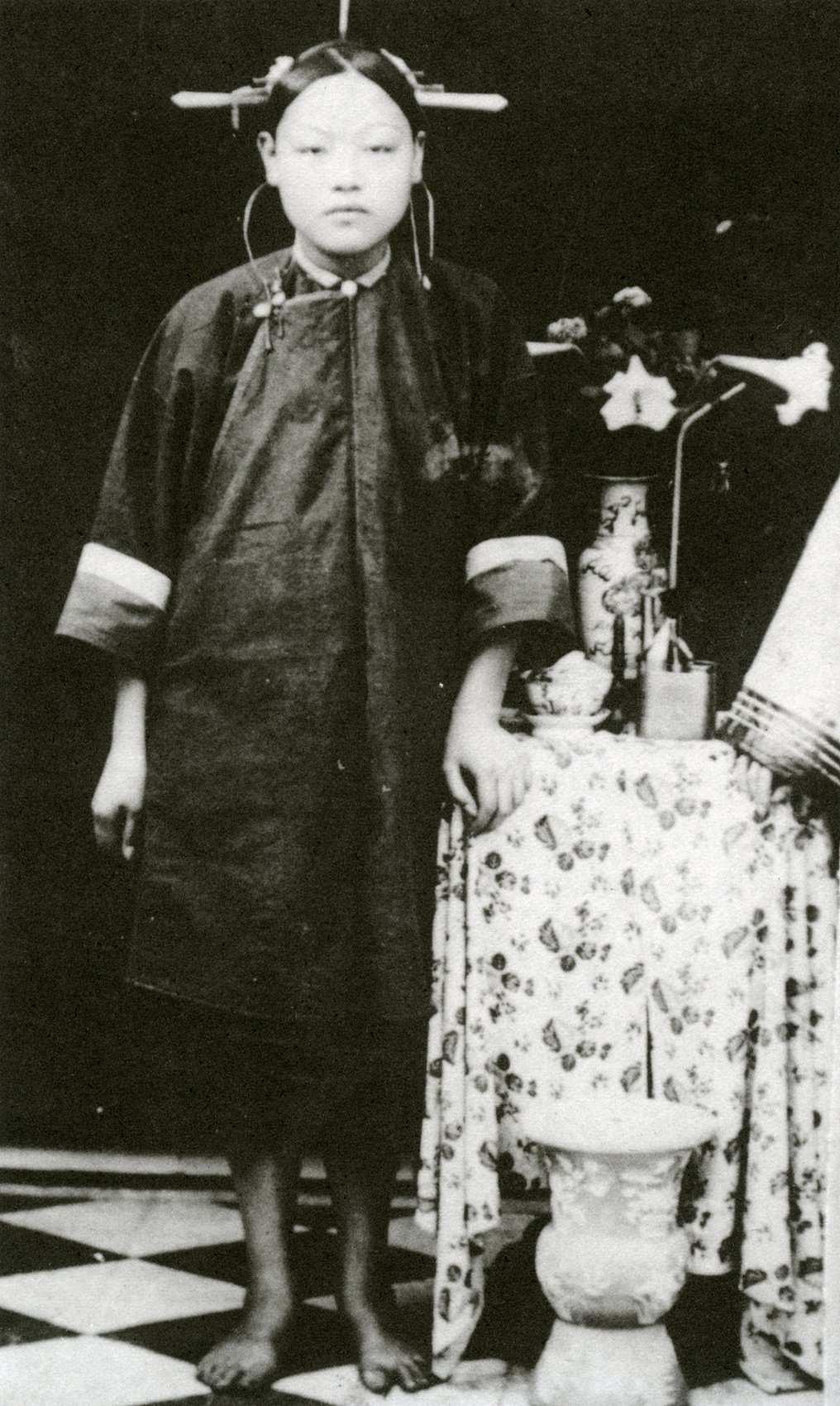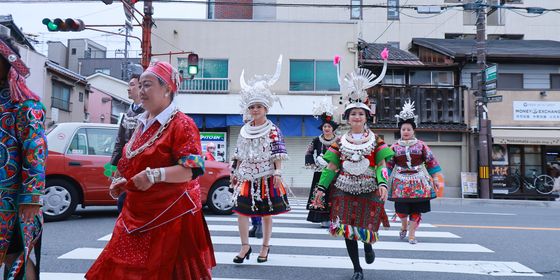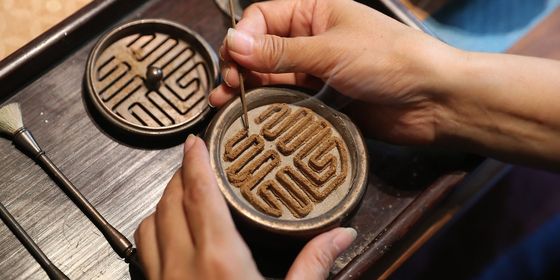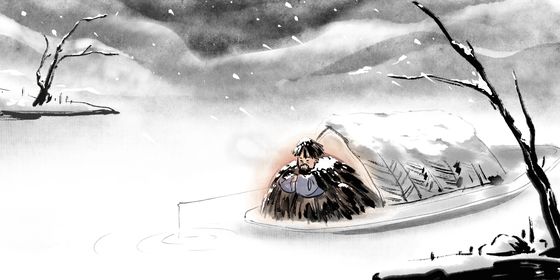With a 1,600-year history, Fuzhou’s “tri-hairpin” has evolved from weapon to accessory to nearly forgotten artifact, but now, thanks to a small group of designers, it’s back in vogue
Whisked away by her parents’ secondments and then by her own pedagogical pursuits, the famed Chinese poet Xie Wanying, better known by her pen name Bing Xin (冰心), rarely had the chance to savor the beauty of her hometown Fuzhou in southeastern Fujian province, where she was born in 1900. Despite this, she was prolific in writing about the city and proclaimed that her fellow Fuzhou-hailing women were some of the prettiest to be found.
“While I was riding in a sedan chair across the bridge over the Min River into the city,” as she remembers in her essay The Charms of My Hometown, published in the spring of 1990, “I was pleasantly surprised to see the streets bustling with strong and beautiful peasant women, their fair skin, with jet-black hair adorned with three shining silver hairpins on each side like sharp blades.”
In the decades that followed, Bing Xin, as one of China’s most influential modern writers, would travel to a number of countries, including Japan, the US, the UK, France, and the Soviet Union. Yet the rural women she encountered along the way would never quite capture her imagination like those adorned with “tri-hairpins (三条簪),” whom she described as unmatched in beauty, strength, and elegance.
Read more about traditional fashion in China:
- Crowning Glory: China’s Floral Headdress Tradition
- Viral Revival: Making Traditional Clothing Cool Again
- Class Acts: The Evolution of School Uniforms in China
The specific tri-hairpins Bing Xin referred to are composed of one vertical pin and two near-horizontal pins jutting out of the bun to either side, each measuring about 20 centimeters and weighing approximately 35 to 50 grams. While some wealthy households may have had gold varieties, many favored silver or white bronze, while poorer rural households would likely have carved pieces of bamboo to achieve the same effect. The flat shape of the hairpin, with a pointed tip and engraved patterns along the body, recalls the shape of a sword.
The origin of tri-hairpins can perhaps be traced back to the late 2nd century, during the Western Jin dynasty (265 – 317), as recorded in the Book of Jin (《晋书》): “During the reign of Emperor Hui, women’s accessories included headdresses in shapes resembling the ‘five weapons (五兵).’” Soldiers at the time were expected to be proficient in this collection of axes, spears, and halberds, while miniatures worn in the hair of women were believed to dispel bad luck.
Later, when the people of Jin migrated south, they brought these headdresses to Fuzhou, a tradition that has continued into modern times. Zheng Lisheng (郑丽生), a native of Fuzhou and former curator at the Fujian Museum of Literature and History, states in his manuscript Records of Fuzhou Folk Customs that tri-hairpins may have originated from the “five military weapons,” with knives and swords gradually being replaced with more decorative styles.
Another version has it that the tri-hairpins originated during the Ming (1368 – 1644) and Qing (1616 – 1911) dynasties, when women in the Fuzhou region “used their long hair as a sheath (以长发为鞘),” sometimes inserting knives into their hair to defend themselves against encroaching Japanese pirates. Then, despite their formidable appearance, the knives also fulfilled the more prosaic function of securing women’s hair during daily tasks that occupied their hands.
There is evidence to suggest that hairpins have been used as a means of self-defense among women in Fuzhou until the early 20th century, especially in rural regions overrun by outlaws and bandits in the 1910s and 20s. In his 1917 book Fuzhou and Xiamen, Zhang Zunxu (张遵旭) compared the sight of Fuzhou women and their knife-wearing habits to chancing upon a military crusade, exclaiming: “We outsiders find this practice strange because of the knife-like appearance of the hairpins. Every morning, when viewing the city gates from afar, the dazzling three knives adorn their heads, resembling the formations of Roman armies in ancient times.”
Whether they posed a legitimate physical threat or not, the women of Fuzhou soon faced a real battle to keep their heritage alive: Fang Shengtao (方声涛), the acting governor of Fujian province, in 1930 declared tri-hairpins to be barbaric and detrimental to public morality. Fang, despite hailing from Fuzhou himself, was determined to stamp out local cultural elements he deemed unrefined, and forbade women who wore tri-hairpins from entering the city. On spotting such adornments, police would publicly remove and discard them.
The ban stirred resentment among rural women, who, in a demonstration, smeared excrement on the provincial police station. However, enforcement of the ban made more and more women in the city forgo hairpins. Eventually, tri-hairpins became synonymous with the countryside and its “backwardness” before disappearing altogether. As early as 1936, Fujian’s Civil Affairs Overview proudly records local officials’ feat of “persuading and guiding women in the vicinity of the provincial capital out of wearing tri-hairpins.” This unique historical artifact, which had existed for over 1,600 years, was henceforth erased.
However, earlier this year, nearly 90 years later, women can once again be spotted strolling through Fuzhou’s historic and cultural districts with tri-hairpins adorning their hair. Beckoned by a plethora of photography studios offering the ancient headpieces, young women pose for photos in front of white-painted walls of ancient residences, down stone-paved alleys, or beside quaint galleries, in the spirit of their female ancestors.
The tri-hairpin revival can be credited to hanfu designer Huang Qiuhui and her team in Fuzhou, who successfully pieced together traces of the intricate hair ornament through various black-and-white photographs. For Huang, replicating tri-hairpins holds significance beyond retro fashion: “The spirit of courage, hard work, and the balance of strength and softness embodied by the tri-hairpin is admirable in any era and deserves to be passed down through generations,” Huang told Xinhua News Agency this October.
Adding their own twist on the style, the team has replaced the central hairpin’s tip with something more akin to the head of a calligraphy brush. The side hairpins, meanwhile, retain their sword-like appearance. In addition, colorful decorations such as the duobao (多宝) hairpin, literally “many treasures,” have been added to the silver headpiece, symbolizing both good fortune and prosperity as well as catering to the aesthetic preferences of young people today, giving tri-hairpins another lease on life in the 21st century.





